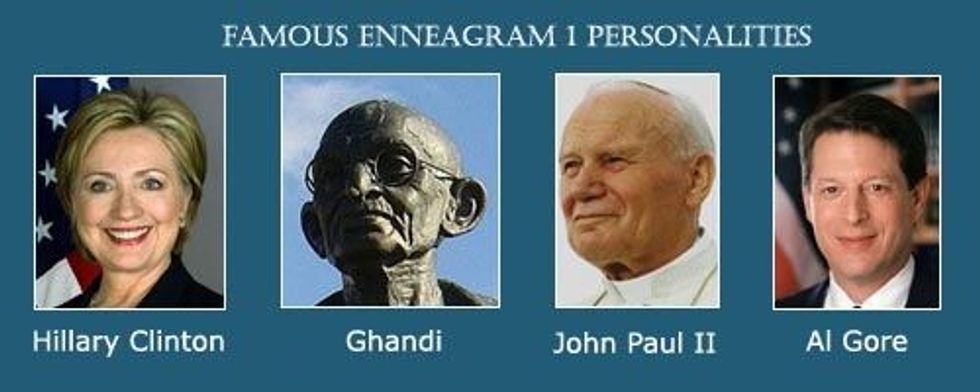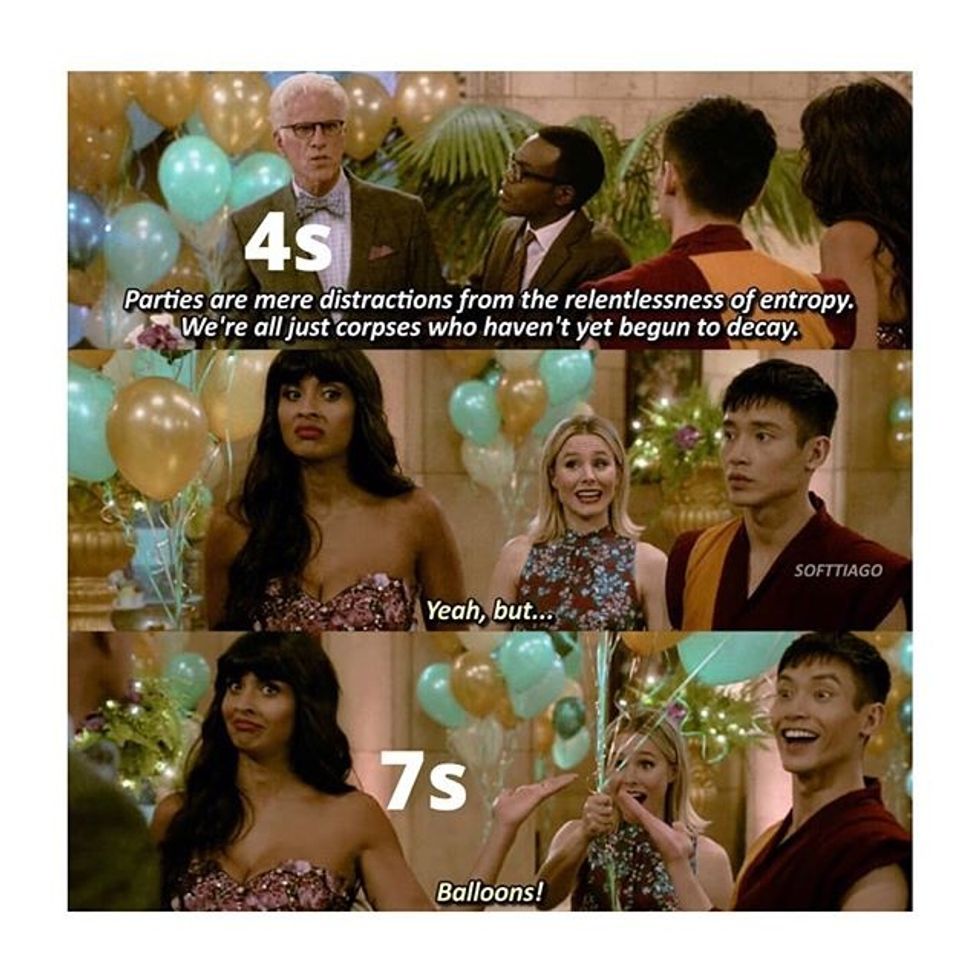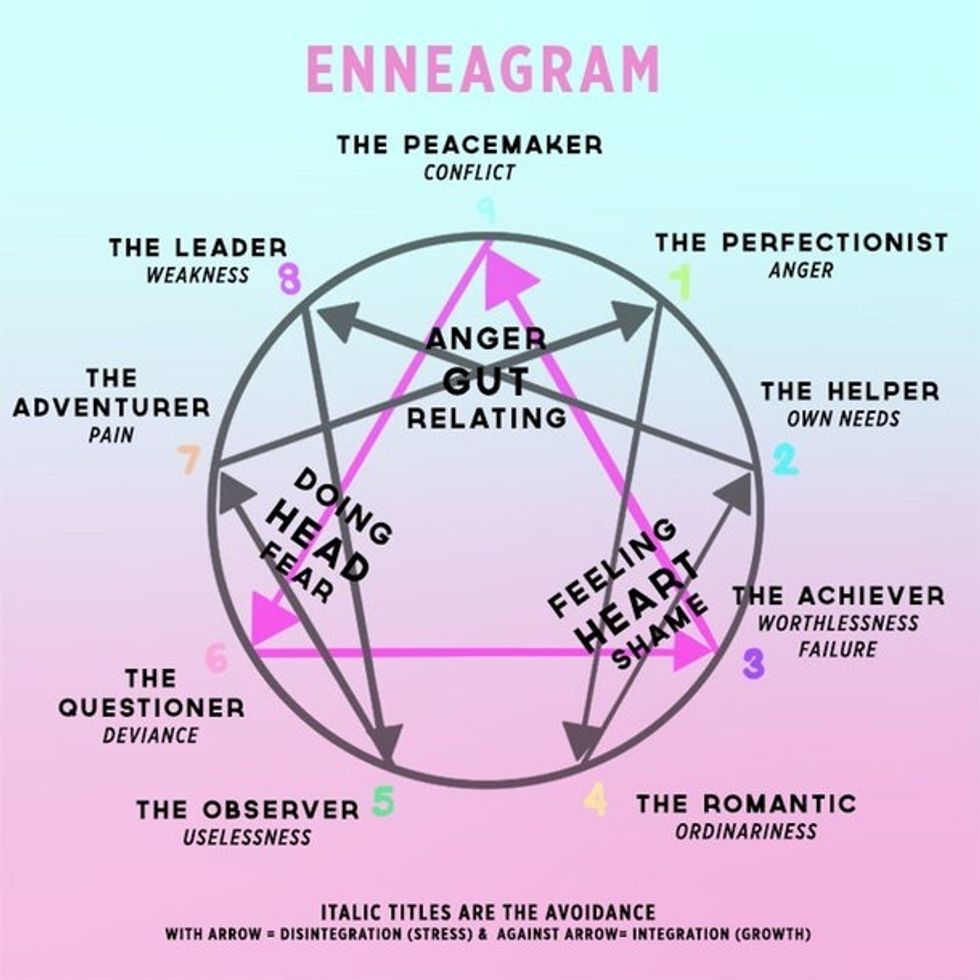The Enneagram is a list of nine different personality types. While it might seem like a simple concept, the deeper you look into it, the more complicated it gets — and the more life-changing it can be.
People spend years studying the intricacies and relationships of each Enneagram type, and there is no such thing as an exhaustive list or single way of interpreting each one. Furthermore, each person can possess several types within themselves—though, according to the laws of the test, everybody has a single most prominent number that remains stagnant throughout their lives.
By learning more about your Enneagram number, you can identify key challenges and ways to overcome some of your most deeply rooted struggles. You can also bond with others, as the test is designed to get people to think about their most heavily guarded insecurities and fears. Understanding each of the types can also help you better understand and empathize with others, as one’s number identifies some of the deeper motivations that cause people to lash out or withdraw.
That said, here’s a brief introduction to the 9 Enneagram types.
1
1’s are principled and perfectionistic. Highly responsible and grounded, they’re usually good at managing daily tasks.
1’s can struggle with needing to feel “right” and/or in control which can lead to resentment, especially when they hold back anger. A 1’s fundamental challenge is to find serenity through learning to accept imperfections.
Today in class, I, as an enneagram 1, explained the complex nature of the world and that things are never black and… https://t.co/4P5rnPZIQg— Syreeta Palackdharry (@Syreeta Palackdharry) 1568144912.0
2
2’s are generous, people-pleasing social butterflies. The archetypical “helper,” a 2 is talented at forming and maintaining relationships with others, and they need to be liked by others for their own self-image. Typically, they are caring and popular, but can also be naive and codependent.
A 2’s fundamental challenge in life is developing humility and self-worth that exists outside interpersonal relationships.
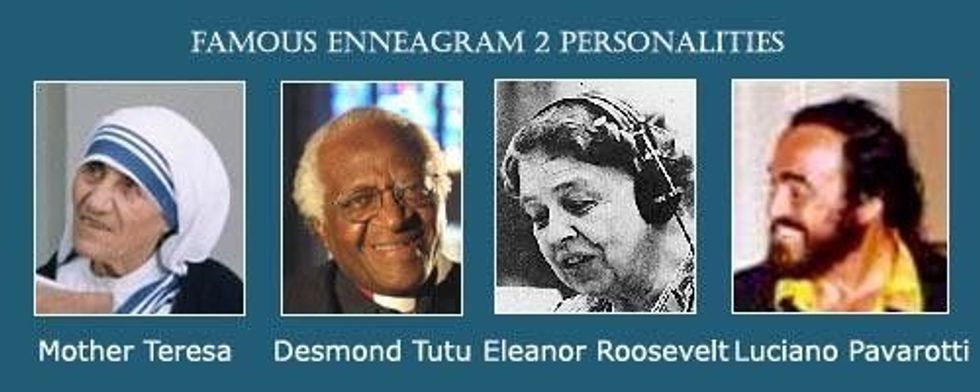 pinterest.com
pinterest.com
Enneagram 2 darlings – You are not required to set yourself on ℱℐℛℰ to keep ᴏᴛʜᴇʀ people warm. ♥️🔥🤗 #Enneagram2 #Enneagram #selfcare— Enneagram 2 (@Enneagram 2) 1568166763.0
3
Enneagram 3’s tend to be self-assured, charming, goal-oriented, and energetic. At best, they can make great leaders, as their ambition and diplomatic nature tends to inspire others. At worst, they can be overly competitive or excessively driven, which can lead them to the point of burnout.
A 3’s exterior confidence can hide an internal detachment that often belies an inner sense of shame. Unless they address the roots of this shame and figure out what’s really important to them, they can become narcissistic and obsessed with superficial ideas of success that don’t align with their personal values.
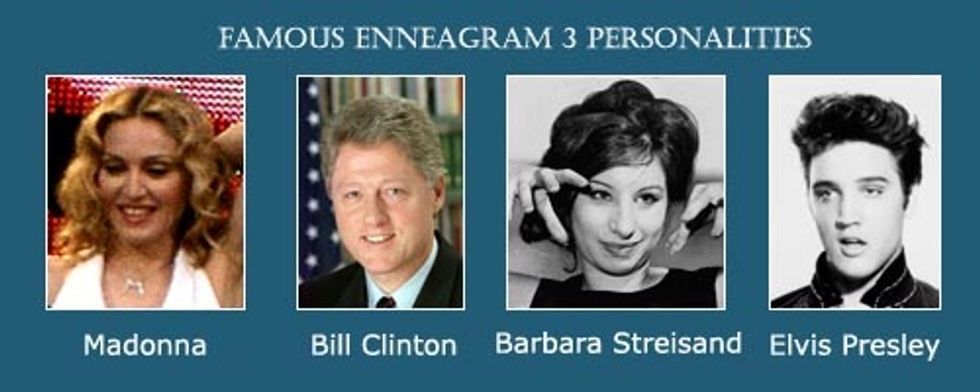
4
4’s are dramatic, temperamental, sensitive, and often creative. 4’s will want to surround themselves with beauty. The archetypical artist type, an enneagram 4 can be moody and self-conscious, prone to melancholy and to the belief that they’re exempt from ordinary ways of living.
At best, a 4 can recognize their own self-centeredness and develop a more objective and balanced way of looking at the world. A 4 may never be able to overcome their tendency towards melancholy, but they might be able to deal with this through artistic expression and through finding healthy ways to get out of their own heads.
5
5’s are perceptive and innovative, intellectual and withdrawn. Often afraid that they are not strong enough to handle their inner and outer lives, a 5 will find solace in books, the arts, or other internal pursuits.
Unlike 4’s, 5’s tend to struggle to express emotions and can adopt an exterior of indifference to compensate for their internal insecurity. To grow, 5’s need to integrate their internal worlds with their exterior lives, which can come from getting in touch with their physical and emotional needs.

My enneagram 5 ass https://t.co/tytxbgI6Nf— a giant possum 🌹 (@a giant possum 🌹) 1568172681.0
6
6’s are responsible and anxious, hard-working and trustworthy. Often plagued by internal fear, they seek loyalty and something to believe in as a way to combat this insecurity. 6’s deal with their fear in a variety of ways, sometimes becoming withdrawn and suspicious and sometimes resorting to ideological zealousness or aggression.
A healthy 6 will figure out a way to deal with their anxieties and projections, placing trust in something greater than themselves and focusing on matters they can change, rather than paranoias or potential sources of harm.
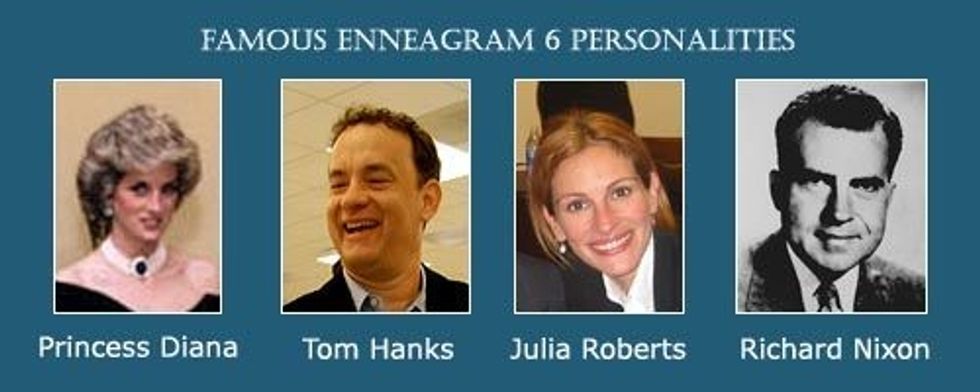
Lana Del Rey’s new album has some strong enneagram 6 energy, and I am here for it. #NormanFuckingRockwell https://t.co/xpDwgRcZJu— Mary Catherine Lindsay (@Mary Catherine Lindsay) 1567991039.0
7
7’s are spontaneous and versatile, extroverted and spirited. Enthusiastic and sometimes scattered, 7 runs the risk of being out of touch with their inner emotions due to spending so much time in pursuit of exterior sensation and enduring happiness.
A healthy 7 will have integrated their positive thinking with their internal suffering, learning to live in the moment rather than always seek the next adrenaline rush. They’ll have learned to come to terms with the fact that they cannot constantly distract themselves from their inner truths. On the other hand, most 7’s are truly optimists at heart, and a fully actualized 7 will hopefully have access to the adventurous lifestyle they crave.

LIFE EPIPHANY: Ska is the ultimate Enneagram 7 genre of music. “Yeah life sucks but instead of being sad and fee… https://t.co/tOmpgme9ES— Jonathan Carone (@Jonathan Carone) 1568568865.0
8
8’s are self-confident and confrontational, powerful and dominant. An 8 may have problems with their temper that might mask a deeper internal fear of vulnerability and intimacy.
At best, an 8 can use their power to help others, becoming a leader and a force of inspiration or healing. At worst, 8’s can become domineering and controlling, taking their own insecurities out on others.

9
9’s are receptive and calm, creative and adverse to conflict. Often deeply spiritual, an Enneagram 9 longs for peace and harmony within themselves and others. At best, 9’s are able to come to terms with the fact that peace is not always attainable in our world, and that change is normal and inevitable.
9’s can struggle with their own identities, as they often contain elements of all the other Enneagram types. They can be self-effacing and, on a deep level, afraid of being overlooked. Many 9’s also struggle with inertia, and some require external structure. A fully actualized 9 would maintain their sense of balance and acceptance while also being in touch with themselves and their own needs.
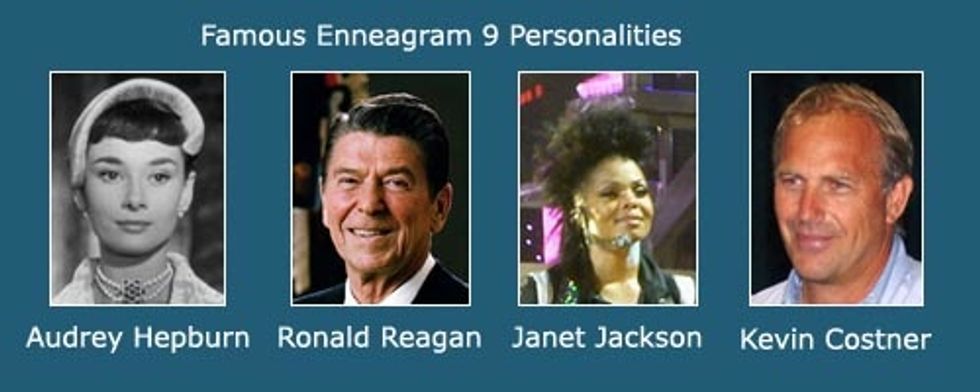
In the end, the Enneagram test emphasizes the fact that every person is motivated by a sense of internal insecurity, fear, and the desire to be loved and accepted. Everybody deals with this vulnerability in a different way, though—some by pursuing endless sensation (7), some by growing self-absorbed (4), some by remaining averse to conflict (9) and some by becoming angry and oppressive (8).
In the end, according to the rules of most Enneagram interpretations, everyone must come to terms with who they truly are (flaws and insecurities and all) in order to live a healthy and balanced life, though there’s a different path to this ultimate equilibrium for everyone.


